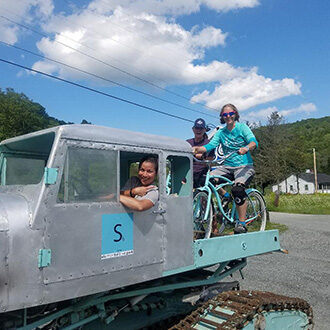In the sports industry, there’s more to “age” than the number. There are individuals aged 35 who can be considered “old” athletes, while there are those in their 60s who can be considered “young.”
Sportspeople are considered old not just by their years but also by how fast they recover from particularly strenuous activities. Aging athletes are those who, after stressful workouts, demonstrate a poor rate of recovery.
The bodily changes athletes undergo as they age do play a crucial role in their recovery rate and performance. However, it’s also worth noting that there’s more to this topic than the number. Particularly, the performance decline can be linked to detraining, as well as the misuse and disuse of muscles.
As an aging athlete, you should keep in mind that it’s not too late to turn things around. If you have been struggling with recovery after your activities, there are aspects of your training and lifestyle that need to be changed. In particular, here are three areas you need to work on:
1. Intensity of the Workout
You may not notice it, but you may be making your workouts longer yet slower as you age. This can be linked to the shift of focus from workout intensity to weekly volume.
You need to watch out for this trap to keep performing at a high level as if you’ve turned back the hands of time. If you know you are guilty of going after volume over intensity, switch things up and do the complete opposite. Go for high-intensity routines in shorter sessions. Such an approach can help counter testosterone decline and maintain muscle mass.
2. Quantity and Quality of Sleep
Having the right workout program will help you get back on track. However, that alone will not be enough to get you on tip-top shape. You need to allow your body to recover properly, which is why sleeping is equally important. To be more specific, you need a regular sleeping schedule and a sufficient and restful sleep.
A more intense training as suggested in the first tip will inevitably put added physical stress on your body. You need a good night’s rest to enable your body to cope with this accumulating physical stress.
It’s also worth pointing out that compromising sleep to fit more activities is not healthy. Such a practice can push your body to its limit without allowing it to recuperate.
3. Diet
This comes hand-in-hand with sleep. Just like how you allow your body to rest, what you nourish your body greatly affects how fast—or how slow—it will take to recover.
A great practice would be to follow your high-intensity workout with a healthy amount of carbohydrates and protein. However, if you worked out for no more than an hour, you don’t need to work as hard to replenish glycogen, or your body’s stored carbohydrates.
Then, make sure to load up on micronutrient-dense foods for the rest of the day. Ensure that your meals are rich in vitamins and minerals to help keep your body vigorous. You’ll never go wrong with fruits and vegetables as they help improve the acid-base balance in your body.
Conclusion
As a sportsman growing older, it may seem like all the cards are stacked against you. The bodily changes you are going through may make it harder for you to do the routines you used to crush before. On top of that, you may find yourself taking longer to recover from high-intensity workouts. Despite these, focusing on the three areas mentioned above can help you get back to the grind slowly but surely. With consistent effort, you will feel young and light, even in your 60s!
Meg Parker is an intentional health coach certified through the American Council of Exercise. She is also a trained Holistic Fitness Practitioner and Personal Trainer. Get in touch today to discover how to age gracefully as an athlete!









